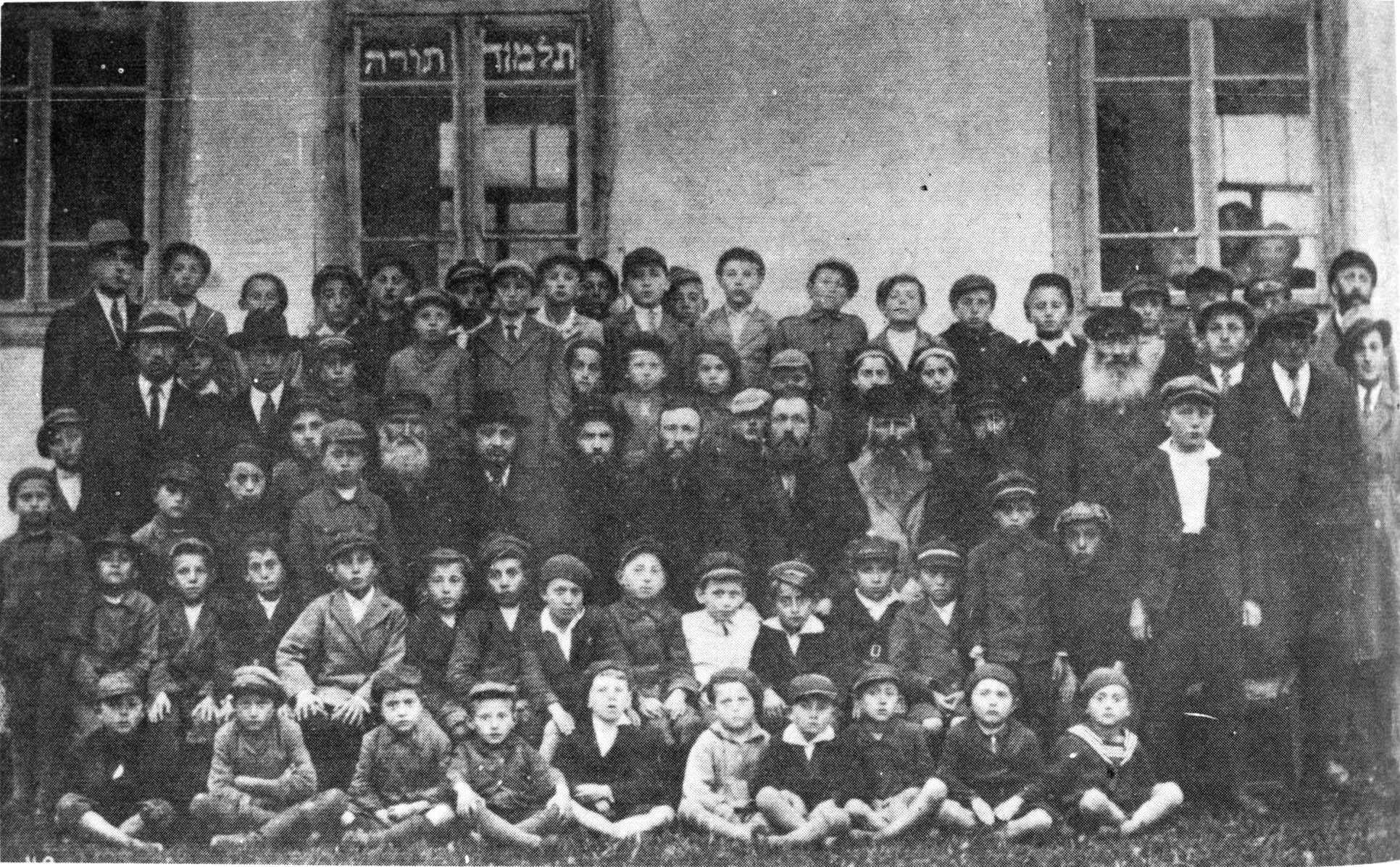

Zofjówka

The Germans entered Zofjówka in late June 1941. Shortly afterward, the German authorities established a Jewish council (Judenrat) headed by Zechariah Antwerg. Later he was replaced by Yosef Weisman and Motel Tcherpek. A Jewish police force was established as well. Then a group of young Jewish men was taken, supposedly for work in the Kiewerce Forest, but they never returned. The Germans ordered all Jewish-owned cattle and horses to be confiscated and shipped to Germany. The occupiers also demanded a ransom of valuables, gold, and several hundred thousand rubles, to be paid within five hours. The Jews had to wear a yellow Star of David (later replaced by a yellow patch) on their chests and backs. During this period the Jews of Zofjowka were confined to a ghetto. Healthy Jews - both men and women -- were made to perform forced labor in the area's forests and sawmills. Those Jews in the town who were skilled leather workers received special treatment since they were working for the German war effort at a local leather factory. Apparently in the fall of 1941, a Jewish refugee from Poland named Klinger was assigned to be "district commander" in charge of the local leather industry. Although he had identity papers of an ethnic German, the rumor quickly spread that he was a Jew in disguise. He treated the Jews well and restrained the Ukrainian police. The leather workers under his supervision were not assigned to the forced labor groups and their families were not mistreated. In March 1942 Klinger was murdered by Ukrainian policemen. In his place the Germans appointed a Ukrainian supervisor. At the end of July or early August 1942 the Jews from the area were rounded up by the Ukrainian auxiliary police and taken to Zofjowka's main street for a "public gathering." Afterward, the leather workers and their families were ordered to move to the nearby locality of Szaliszcze to set up a workshop. The Jews from the neighboring towns of Ignatowka and Marjanowka were ordered to return home, pack a small bundle of personal items, and return to the ghetto in Zofjowka within several hours in order to obtain work certificates. Elderly and sick Jews who were unable to move quickly enough were shot on the spot. Shortly afterward, the liquidation of the ghetto began. Several thousand Jews, mainly women, children, and old people, were taken to a field outside the town, where they were shot to death by a German murder squad. The few Jews who remained in the ghetto were ordered to sort and then hand over the belongings that the victims had left in the ghetto. In September, on Yom Kippur, another roundup of Jews, including those found in hiding, led to the murder of several hundred Jews in the Kiewerce Forest. After this the town was proclaimed "Judenrein" – free of Jews. In early December 1942 several leather workers who had been kept alive until then were killed. Apparently sometime afterward, Zofjowka and the nearby town of Ignatowka were burned down.
Zofjowka was liberated by the Red Army in early February 1944.


